The goal of multichannel e-commerce sales is to make it easier for customers to buy products and services and to offer them a greater variety of options.








Selling through multiple channels can be a great way to increase sales and reach a broader range of customers. However, it can also be challenging if you don't know how to go about it. Final mile delivery, In this blog post, you'll learn how to make the most of multi-channel selling and realize the full potential of your business.
Which sales are cross-channel?
Multichannel selling is a type of marketing and sales strategy that uses multiple platforms to reach customers. It involves using multiple channels, such as offline and online, including your own website and shopping cart, online marketplaces, mobile marketplaces,, and social media.
The goal of multichannel e-commerce sales is to make it easier for customers to buy products and services and to offer them a greater variety of options. It also allows companies to reach more customers, increase sales, and improve customer satisfaction. By using multiple channels, companies can better understand their customers' preferences, create targeted campaigns, and optimize their sales efforts.
Which online sales channels are most important?

1. Your own website. The website should be built on an e-commerce platform that allows customers to buy directly from you online.
2. Global online marketplaces. Amazon, Alibaba, Ebay and other global platforms.
3. Local online marketplaces. In most markets, the major online marketplaces still have a very dominant position, but there is a small gap between these marketplaces and local marketplaces. Local marketplaces are often more trusted and receive more customers from citizens than the major marketplaces.
4. Social media. Instagram, Facebook, Telegram and TikTok are a great way to reach new audiences via sponsored posts or organic views. Some of the platforms like Instagram allow buying right on social media without visiting a website.
Those retailers who sell through three or more channels generate 143% more revenue compared to retailers who sell through one or fewer channels, according to a recent study by Sellbrite. (https://www.sellbrite.com/blog/ecommerce-sellers/)
Why can your business die if you don’t go multichannel?
- You depend only on 1 type (platform) of income. Multiple revenue streams are essential to the financial stability of any business. Relying on a single revenue stream can be risky because your business may not have a steady income stream. For example, if you only offer your products on your website, your revenue could be affected if you do not have enough online visitors or if the website does not function properly.
- Competitors take advantage of your absence on other platforms. They easily win the hearts of your potential customers and make money while you don't. Don't make your competitors happy!
- You decrease your brand awareness. McKinsey research shows that more than half of customers use three to five channels on their way to making a purchase or resolving an inquiry. (https://www.mckinsey.com/capabilities/operations/our-insights/redefine-the-omnichannel-approach-focus-on-what-truly-matters)
- You aren't reaching new customers. If you offer your products on multiple sales platforms, you can ensure that they're made available to a broader customer base. This includes customers who have never come across your brand on their preferred shopping platforms.
So… how not to die, survive and expand?
Go multichannel!
Having a multi-channeled approach to selling gives customers the opportunity to have a variety of options when it comes to engaging with your brand. By offering customers the ability to purchase from you through different channels you can better meet their needs and increase your sales potential. With a well-thought-out multichannel strategy, customers are able to find the products and services they are looking for with ease.
However, there’re some challenges that you might face. Better know them before you start!

Challenge 1: Controlling the inventory. Controlling the inventory and having a system that shows stock in every country. One of the most common inventory management challenges is running out of products and increasing the risk of overselling in your distribution channels.
How to deal with it: To avoid it you should have a real-time inventory system that shows you how many products are left, where and which you need to restock. In this question, you should rely on a 3pl partner as third-party logistics companies usually have 3PL e-commerce shipping software.
Challenge 2: Different requirements for each platform. Sometimes it looks simple, but in reality, it can be a headache. To start you have to create listings (with product number, SKU, buyer information, and photos), translate all descriptions, and prepare products for shipping to a marketplace fulfillment center or your 3pl partner's fulfillment warehouse (ссылочка на нас).
How to deal with it: Each marketplace has its own requirements, and usually, it is better to rely on one e-com partner to take care of all marketplaces and make sure you are successfully positioned there. For example, today companies offer services like Amazon Preparation Service, when they prepare your products in accordance with Amazon regulations by storing, checking the quality & quantity, labeling, and shipping to Amazon.
Challenge 3: Delivery rejections. It can happen across all platforms. You will have to work with returns, check the products, and make the refunds. A huge work.
How to deal with it: make sure your 3pl partner who stores, prepares and ships your goods to customers can handle the entire logistics process, including handling returns.
Challenge 4: Expensive and long delivery. Customers expect timely and reliable delivery of their products. However, when it comes to expensive and long delivery, especially if it is international shipping. So, one more trouble – it can be a challenge to meet customer expectations. The cost of delivery can be a major factor in customer satisfaction, as well as the length of time it takes for customers to receive their orders. Finding the right balance between fast and cost-effective delivery is a challenge.
How to deal with it: It’s pretty easy! Usually, 3pl companies can offer you fast and cost-effective delivery due to the huge amounts of parcels they ship every day. For example, fulfillment in Europe might be a headache, but you can overcome this challenge pretty easily by working with a trustworthy partner. All you need to do is to find a third-party logistic provider who will be responsible for carrying out the deliveries of your products to your customers.
Seems hard and easy at the same time, right?
Having a presence on multiple platforms allows customers to find you in different locations and increases the likelihood of them discovering your product or service. Furthermore, it gives customers greater choice when it comes to buying from you, as they may prefer one platform over another. Multichannel selling is also important for increasing brand visibility and creating a bigger presence in the market.
Having a multichannel selling strategy is essential to ensure your business can capitalize on customer interactions across multiple points of contact—from your website to social media. Not only does this help you reach a wider audience, but it also allows you to track how successful your selling efforts are in each channel and better understand customer buying habits.











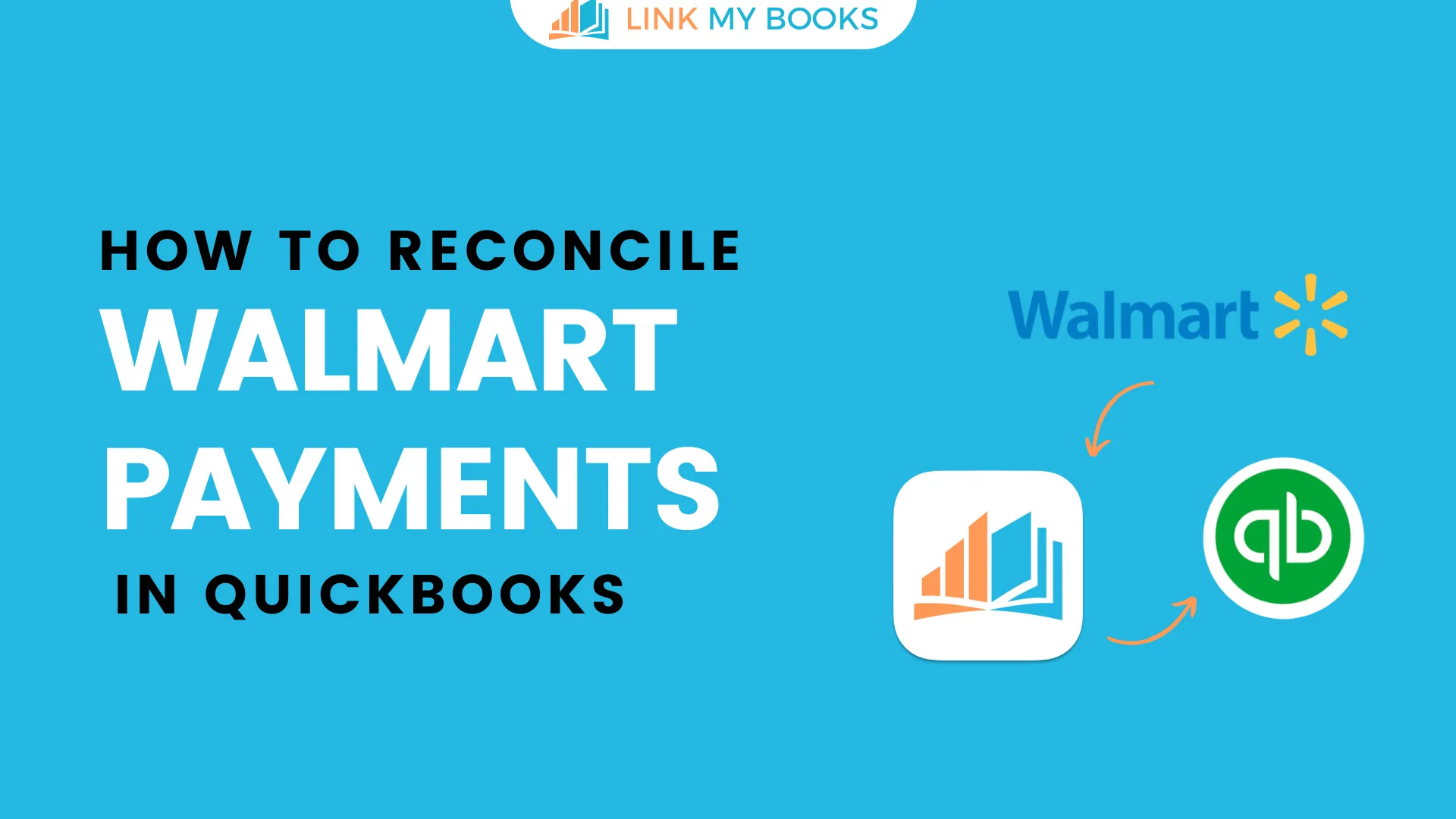
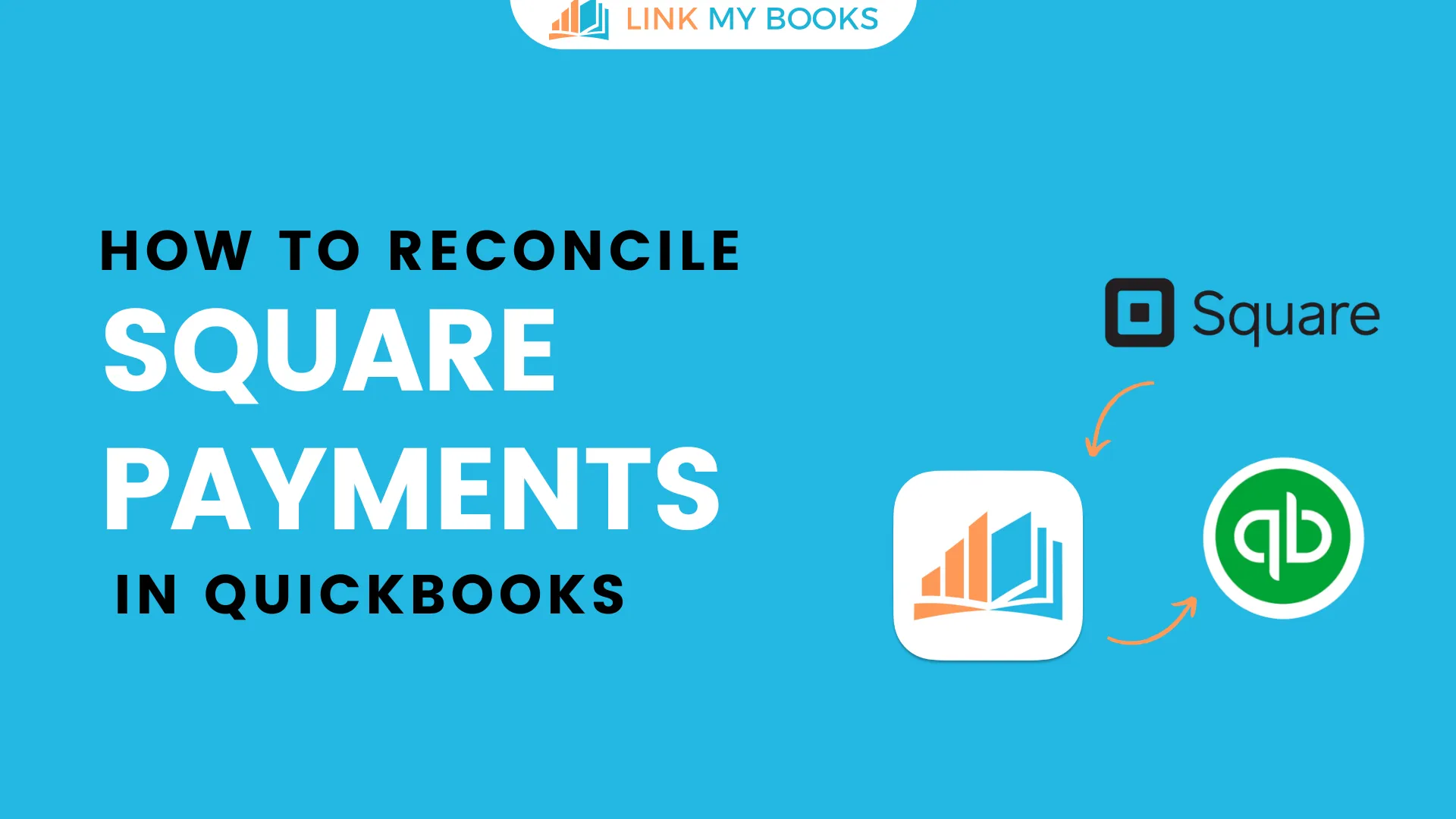
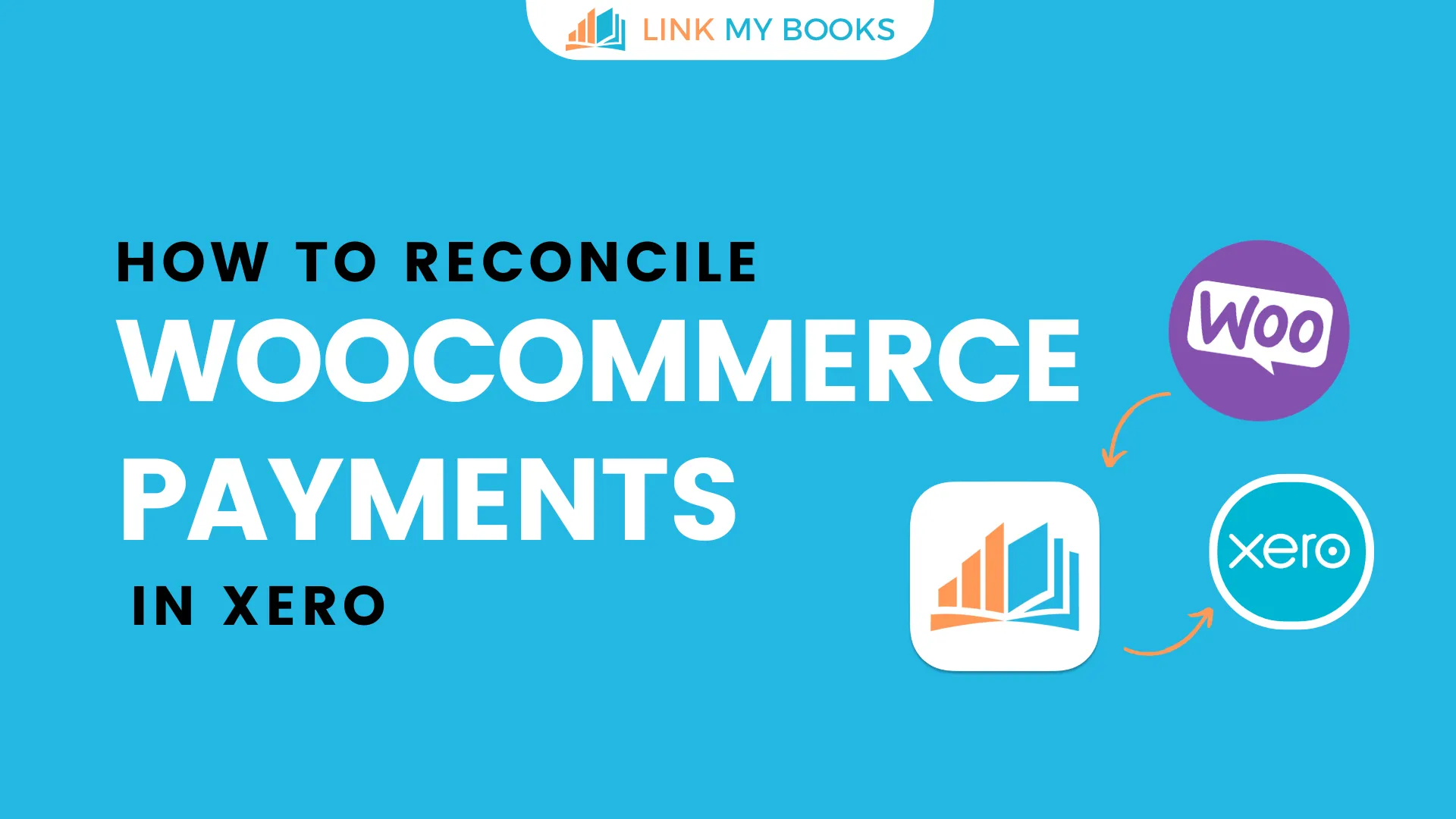
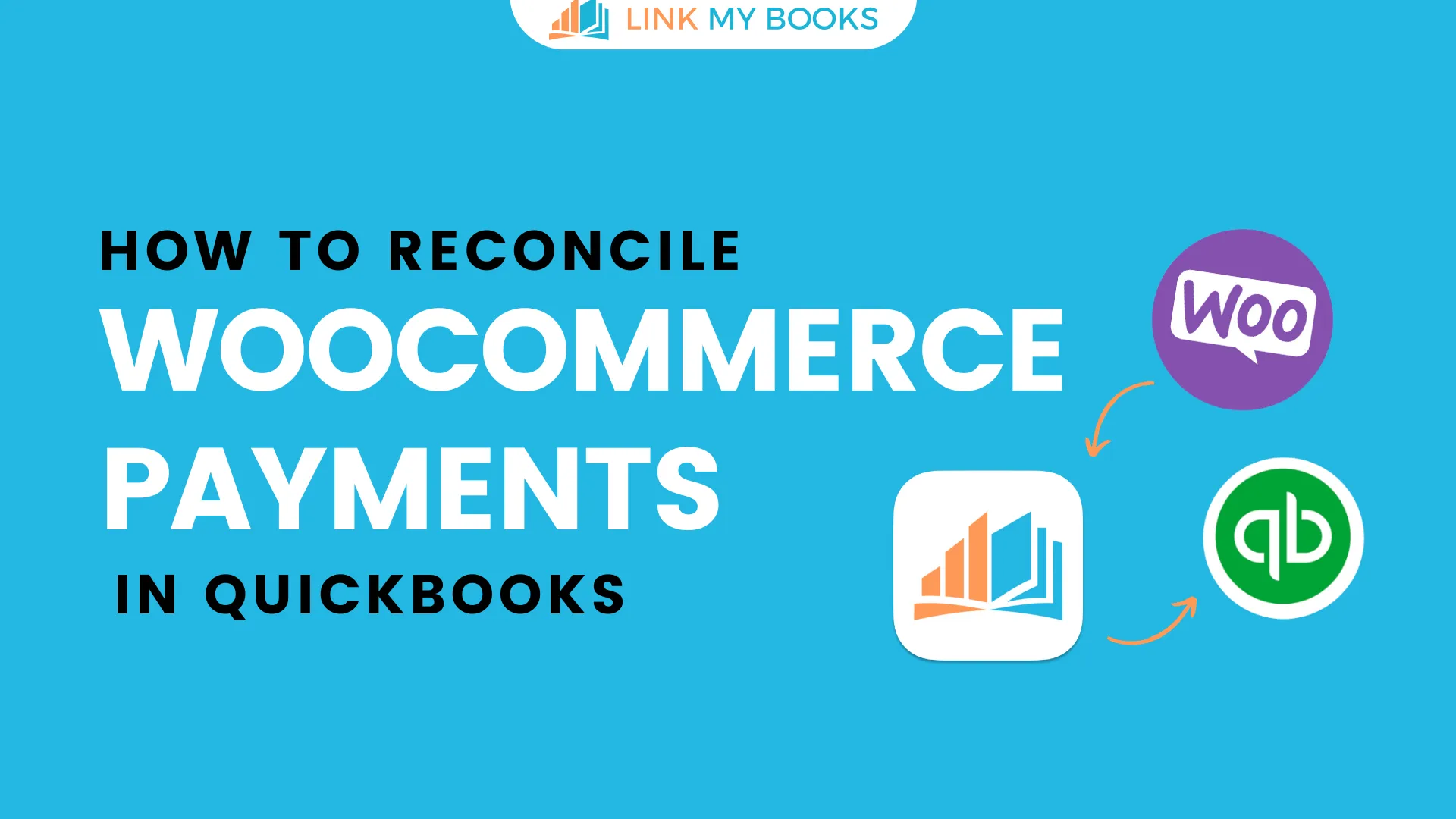
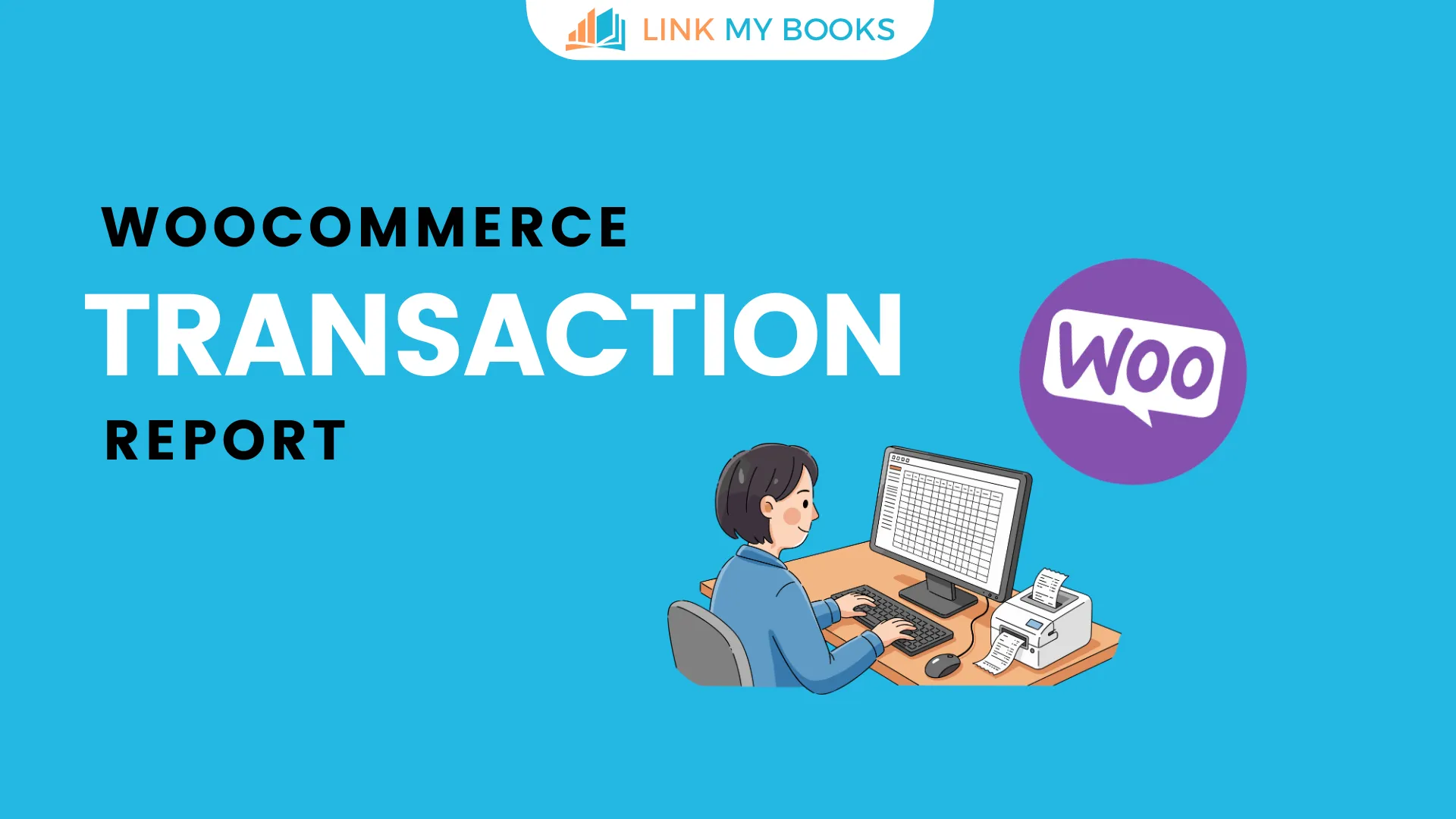


.png)